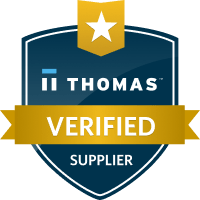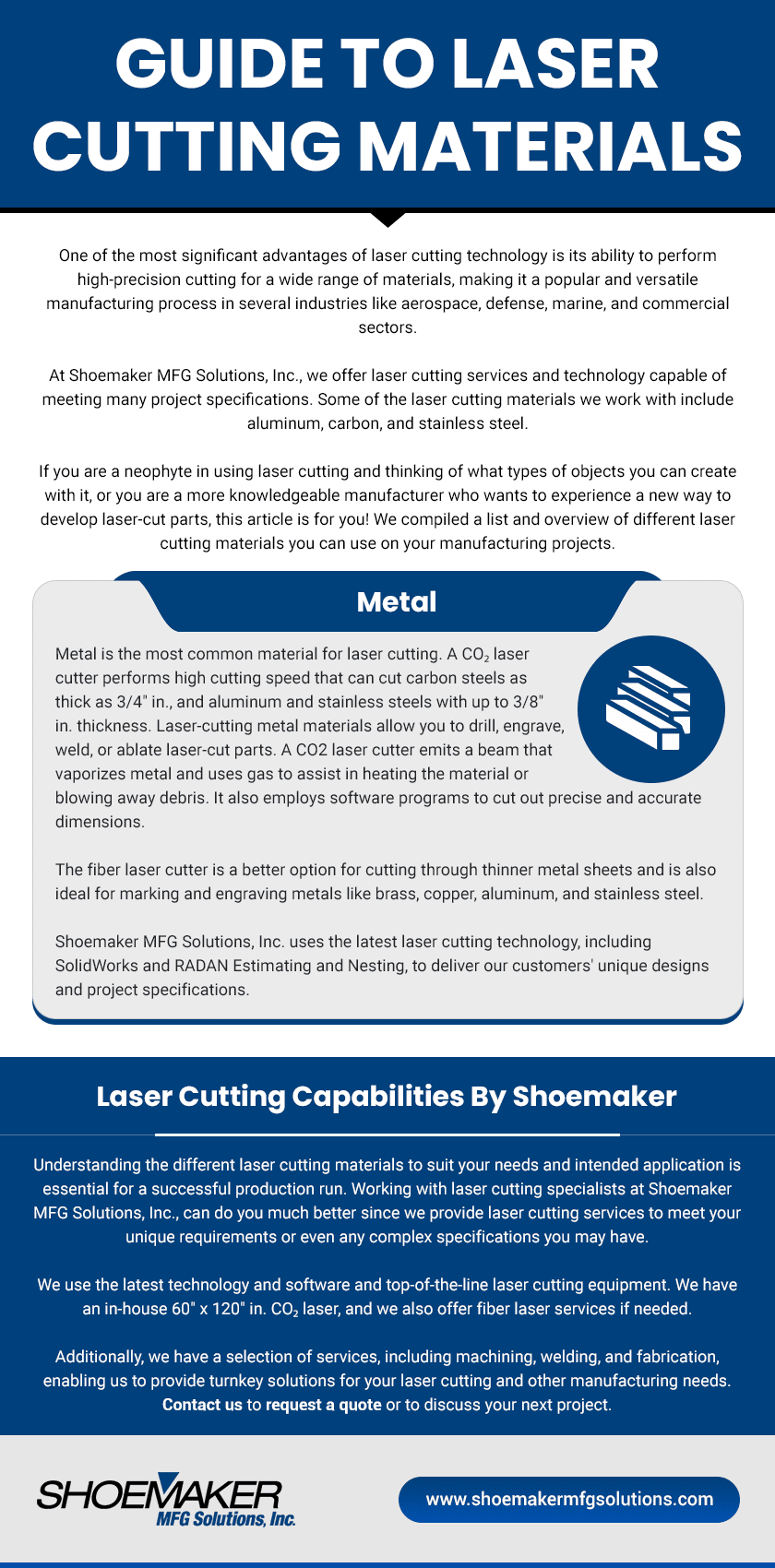CNC Turning Work
Leave a CommentComputer numerical control (CNC) turning is a subtractive manufacturing process that creates cylindrical parts by removing material from a rotating workpiece. It uses a lathe machine, which holds and rotates the workpiece, while a cutting tool removes material to create the desired shape. This tool is controlled by a program that specifies the dimensions and movements required to achieve the outcome.
CNC turning can produce various cylindrical shapes, including straight and tapered cylinders, contours, threads, and different surface finishes. It is commonly used in the automotive, aerospace, electronics, and manufacturing industries, where precise and repeatable production of cylindrical components is required.
This article will look into Shoemaker’s superior CNC turning capabilities and technology. We will explore the features and innovations that distinguish the company in this industry.
The Mazak Machine Turning Center
Mazak is a leading machine tool manufacturer known for its advanced technology and innovative solutions. The Mazak machine turning center, also called Mazak lathe, is a highly regarded and widely used equipment in the manufacturing industry. It incorporates control systems and servo motors, allowing for precise movements and positioning of the cutting tools.
The Mazak lathes often have multi-axis capabilities including X, Y, and Z axes and optional live tooling and sub-spindle features. These additional axes enable complex machining operations on the same machine without secondary operations. They can also handle different production volumes and requirements, making them suitable for the aerospace, automotive, and medical industries.
The Quick Turns series is known for its efficient and straightforward programming capabilities. This attribute enables Shoemaker to perform simple tasks with remarkable speed and ease. The clear programming process also allows operators to quickly set up the machine, define tool paths, specify cutting parameters, and initiate production.
Sizes and Dimensions
Shoemaker offers a range of sizes, providing flexibility to accommodate various machining needs. The largest machine has a spindle bore diameter of 3 inches, enabling efficient processing of larger workpieces. Furthermore, its 40-inch travel capacity provides ample room for maneuvering and machining longer components, ensuring optimal precision and productivity.
The company also has smaller machines specifically for handling smaller to medium-sized parts. They feature spindle bore diameters of 1 ⅝ inches, suitable for precisely fabricating smaller components. With a travel distance of 20 inches, these machines provide a compact and efficient solution that caters to various machining applications.
Materials and Quality Standards
Shoemaker specializes in machining various metals and plastics. The team’s expertise extends across multiple industries, primarily focusing on aerospace, defense, marine, and commercial sectors. In addition, it adheres to the stringent requirements of AS9100D and ISO 9001:2015 for quality standards. These certifications demonstrate commitment to quality control and compliance with industry best practices.
Compliance with regulatory frameworks and security measures is crucial in the aerospace and defense industries. Shoemaker recognizes this and maintains compliance with the International Traffic in Arms Regulations (ITAR), which controls the export and import of defense-related articles and services. This ensures that sensitive information and materials are handled securely and in accordance with legal requirements.
Moreover, Shoemaker has obtained certification at CMMC level 1, part of the Cybersecurity Maturity Model Certification framework. This is designed to evaluate and strengthen the cybersecurity capabilities of defense contractors. The team’s certification showcases their dedication to protecting confidential data and upholding resilient security protocols.
Partner With Shoemaker for Unmatched Machining Expertise
Shoemaker is a reliable and reputable service provider in the manufacturing industry, boasting a rich history dating back to 1958.Whether you need precision milling, turning, or welding processes, our highly skilled team can handle projects of all sizes and complexities. We can also accommodate prototype development and large-scale production runs.
Contact us today, or request a quote now!









